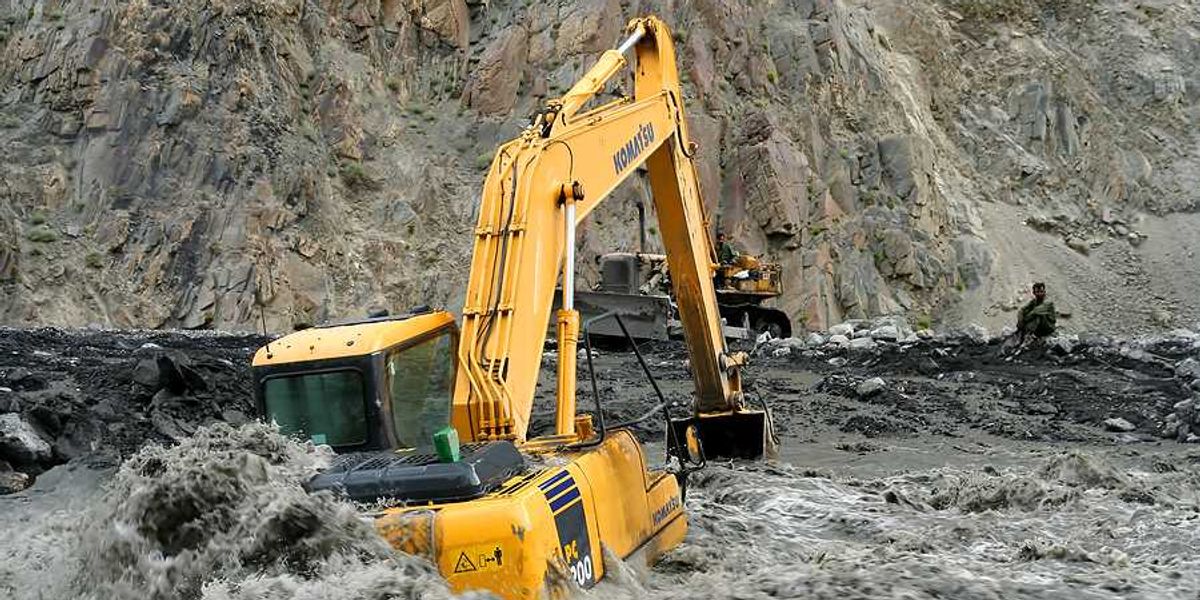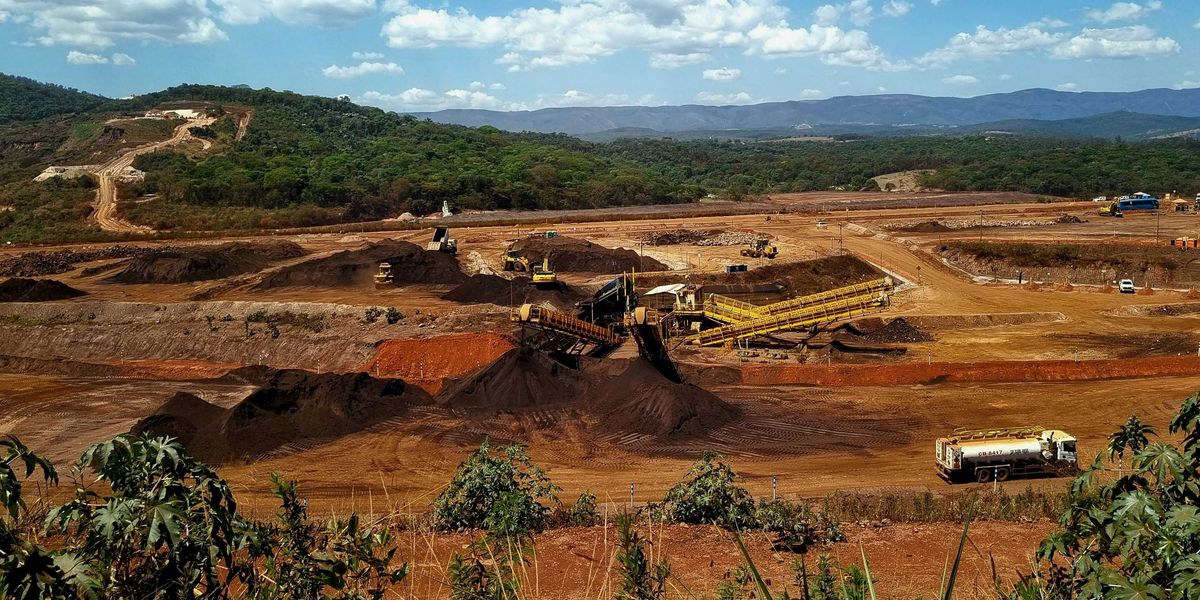Trump administration scales back FEMA mitigation funds as extreme floods rise
The Trump administration has sharply reduced federal hazard mitigation funds, breaking precedent and leaving states with fewer resources to prepare for worsening floods and storms.
Saul Elbein reports for The Hill.
In short:
- Federal hazard mitigation funds, which help states pay for warning systems and flood prevention, were denied in 16 of 18 disaster declarations under President Trump, including after deadly July floods in Texas.
- A coalition of 20 states is suing the federal government over cuts to the Building Resilient Infrastructure and Communities program, which lost $1 billion for flood control projects.
- Experts warn that as climate-driven extreme rainfall grows more frequent, cutting proactive funding increases financial and human risks, especially in areas with unmapped floodplains.
Key quote:
“Mitigation is a lifeline. It’s a way out of a really bad cycle of disaster, damage, repair, damage that a lot of folks of modest means really can’t escape.”
— Chad Berginnis, head of the Association of State Floodplain Managers
Why this matters:
Hazard mitigation funding is one of the few tools communities have to prepare for disasters before they strike, rather than scrambling afterward. Without it, towns in flood-prone areas face spiraling cycles of destruction and rebuilding that drain public budgets and displace families repeatedly. Flood damages already cost the United States tens of billions each year, and scientists expect that price to climb as warming temperatures fuel heavier downpours. Pulling back on mitigation not only shifts costs to states and local governments but also deepens exposure for residents who can least afford recovery.
Learn more: FEMA search and rescue leader quits amid Texas flood response delays













